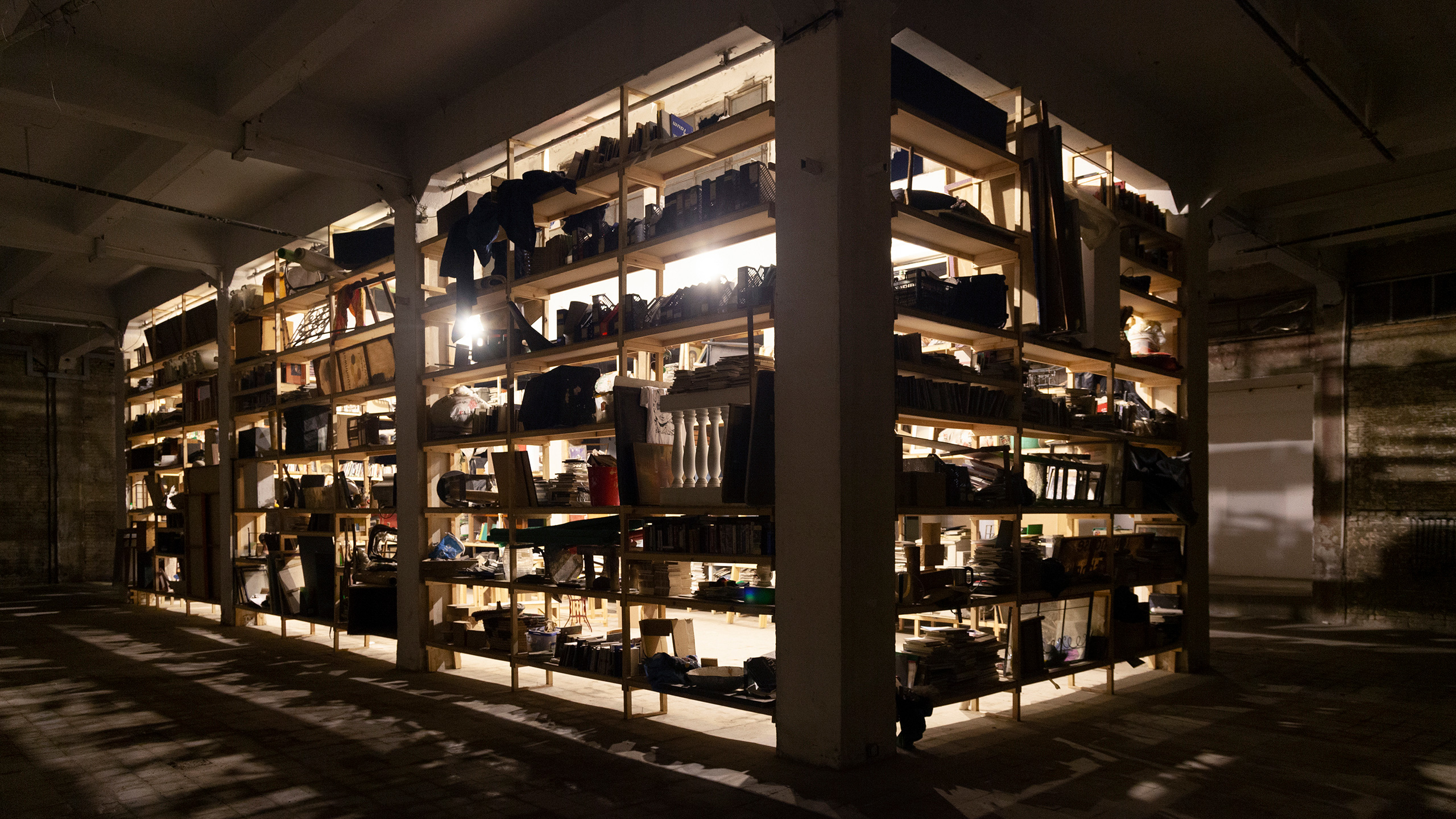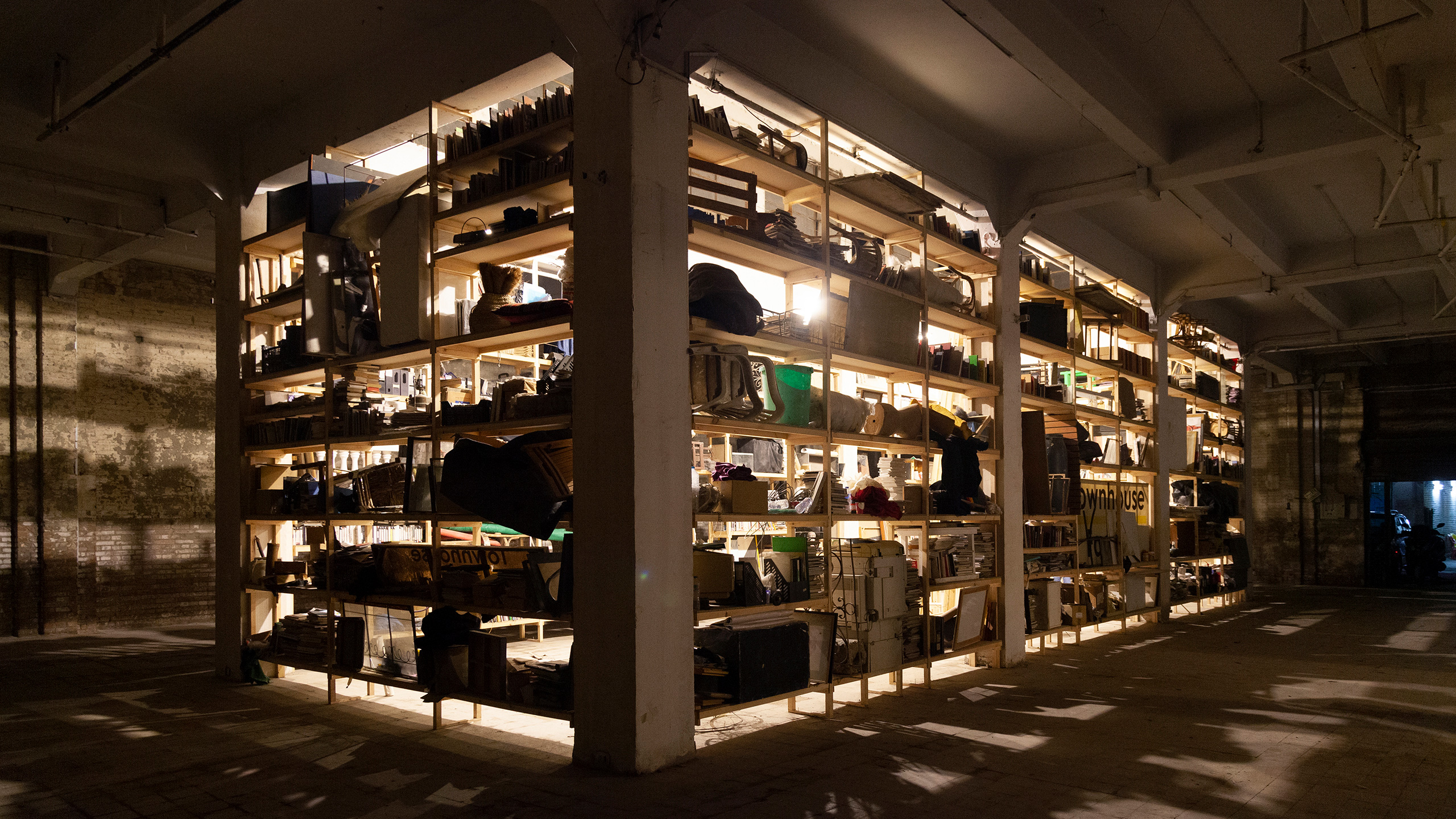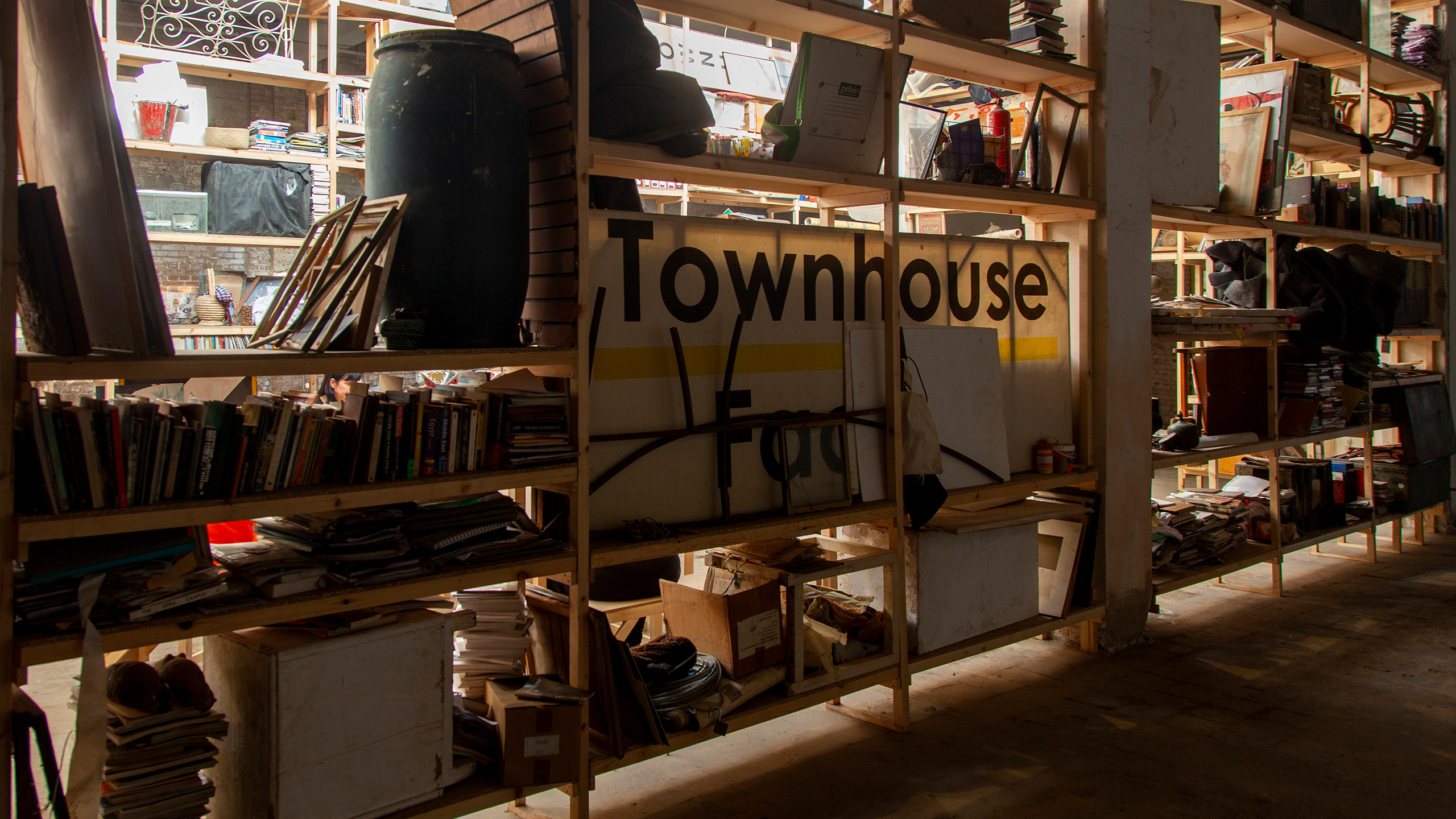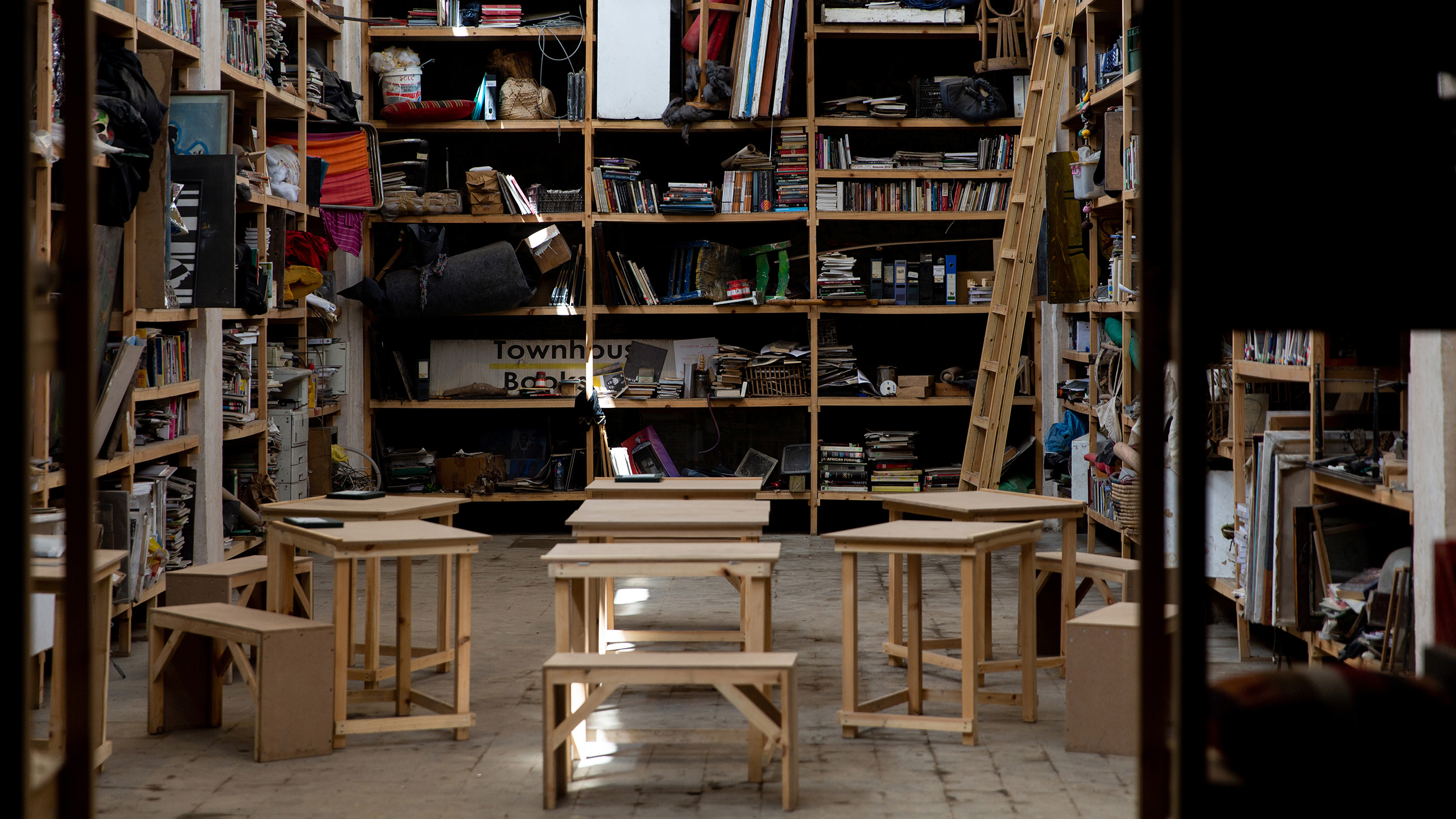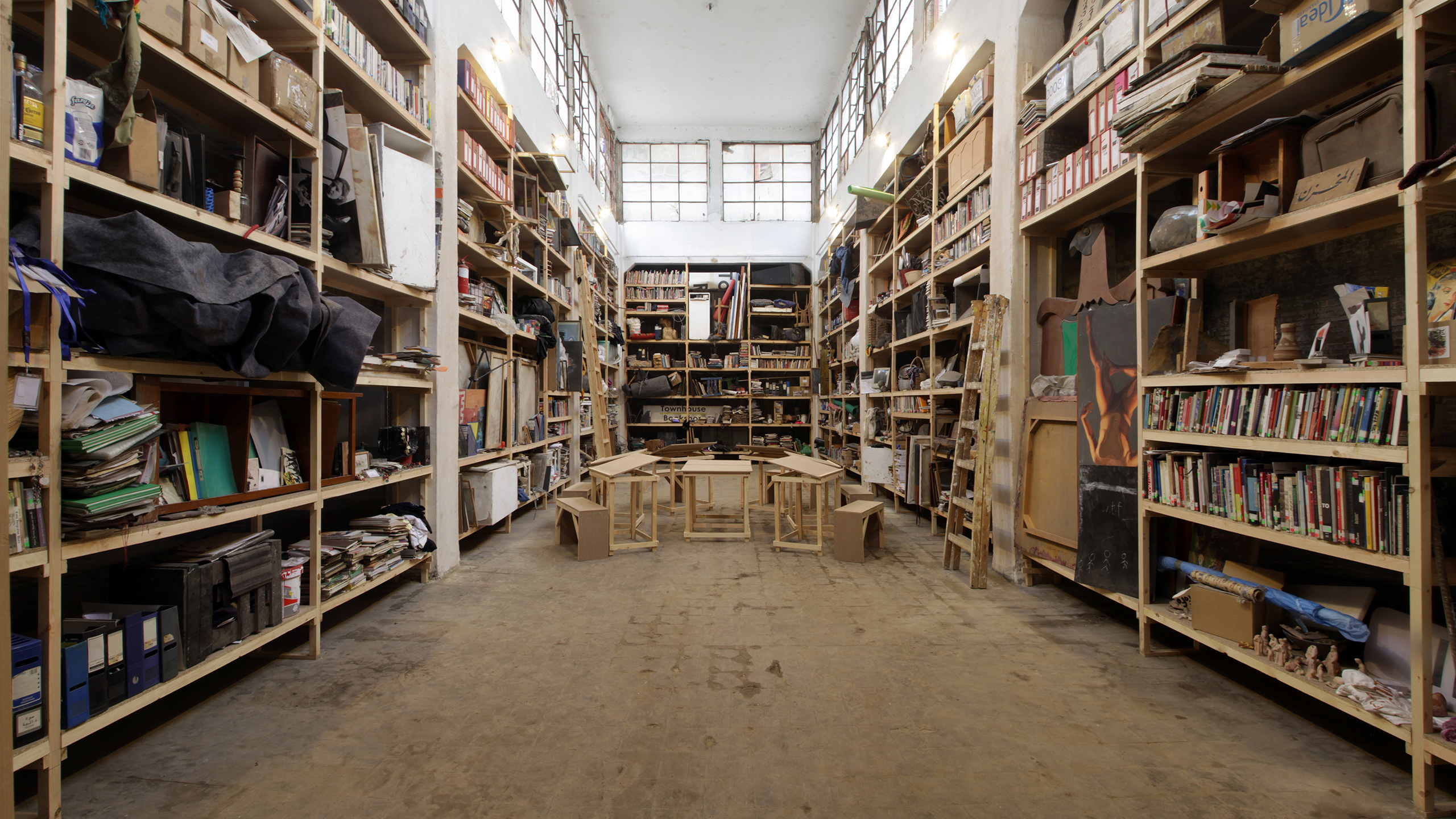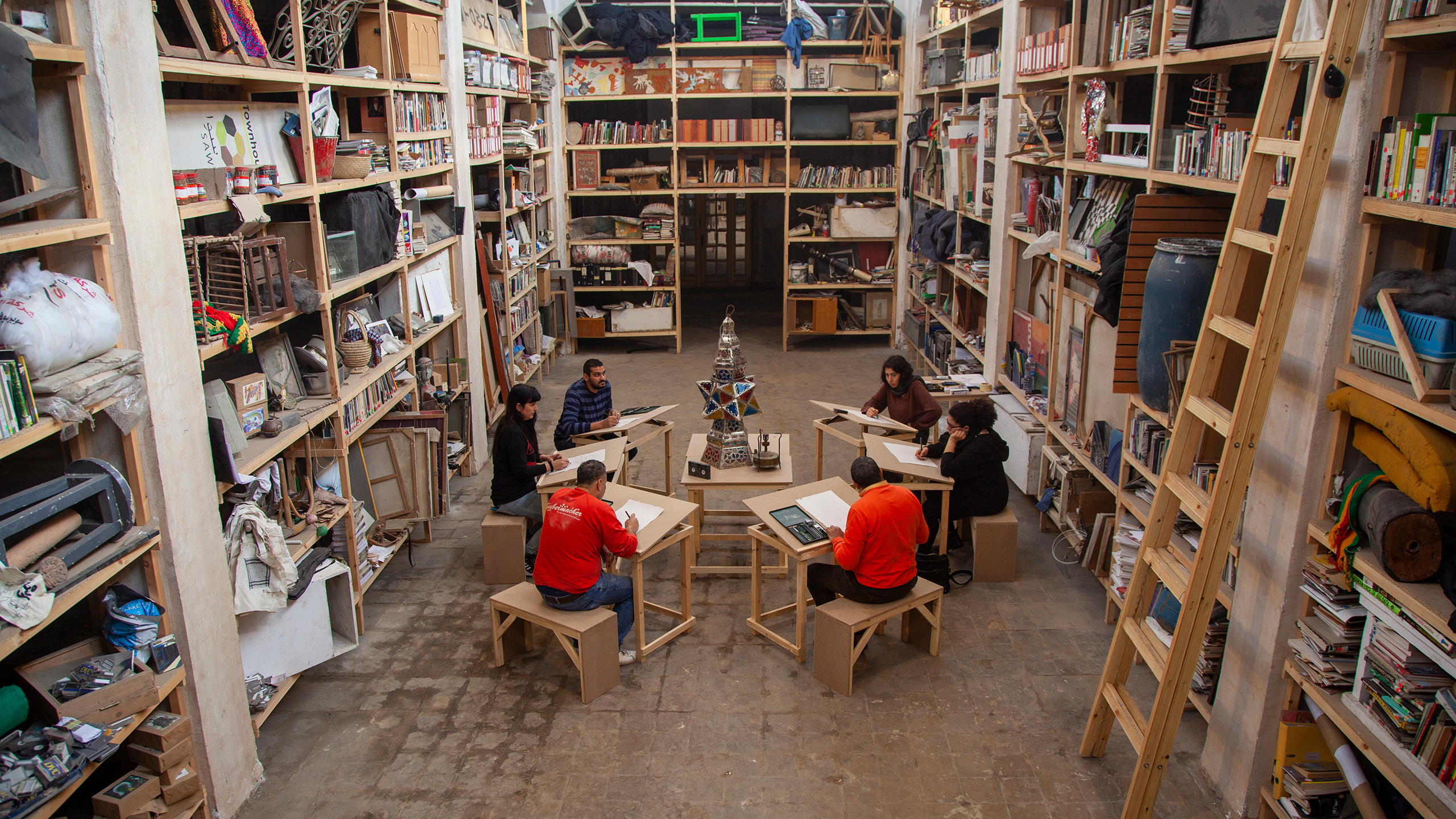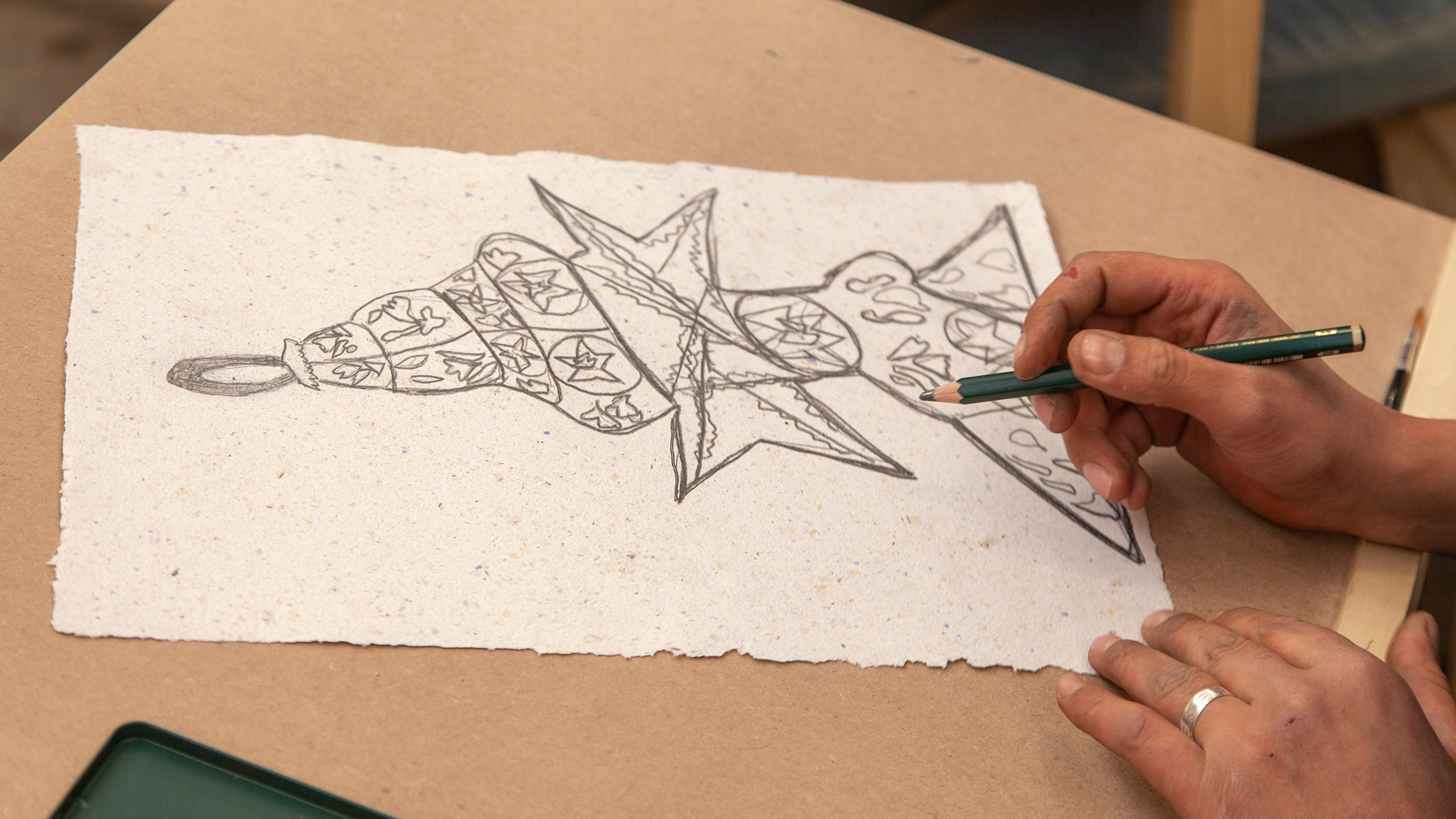Taking Stock is an artistic work that commemorated the closure and consequent transformation of the Townhouse Gallery in downtown Cairo, Egypt. Due to economic, political and institutional shifts it could no longer continue in its prior form. The project brought together members of the community to participate in drawing sessions, in which participants drew the material objects that were left behind. Through these drawing sessions, we took stock of a multilayered situation, using Townhouse as a lens to examine a nexus of happenings in downtown and the cultural scene in Egypt at large.
Initiated by Elke Uitentuis, Wouter Osterholt, and Mariam Elnozahy, the project was a meditation on a multilayered situation, using Townhouse as a lens to examine a nexus of happenings in downtown Cairo and the cultural scene in Egypt at large. It began with a colossal installation which featured towering wooden shelves, built to display all the residual materials from the gallery. To activate the installation, artists, cultural workers, craftsmen, neighborhood residents, and day laborers were invited into the structure to sit and draw an object selected from the remnants on display. The paper for the drawings was made from old books, catalogues and flyers and referenced the original function of the building as it used to be a paper factory, before it was turned into a Gallery space.
Through this process, the work became a series of interactive still-life drawing sessions. The drawing sessions were open, intimate, and slow, allowing room for informal discussions and reflections. In this space, individuals came together to think, process, and take stock alongside us, members of the Townhouse community, who wanted to seize an opportunity for reflection, and create a kinetic force out of a transitional period. Together, we gathered amidst the derelict remains of the gallery, and drew the old objects that had been excavated from the various storage sections in the gallery. While drawing, we discussed the events of the past ten years: the period of political tumult, the neighborhood transformation, the closure of the gallery, and more, in a series of conversations that ranged from the hyper-personal to the supra-political. Each session was recorded and transcribed anonymously and uploaded onto an interactive web-platform, made navigable by key search terms that were prevalent in the conversations.

